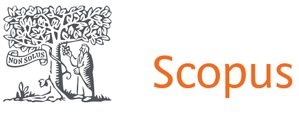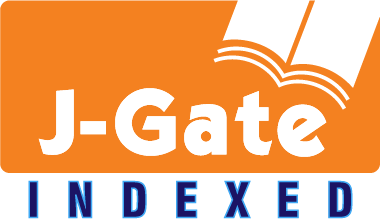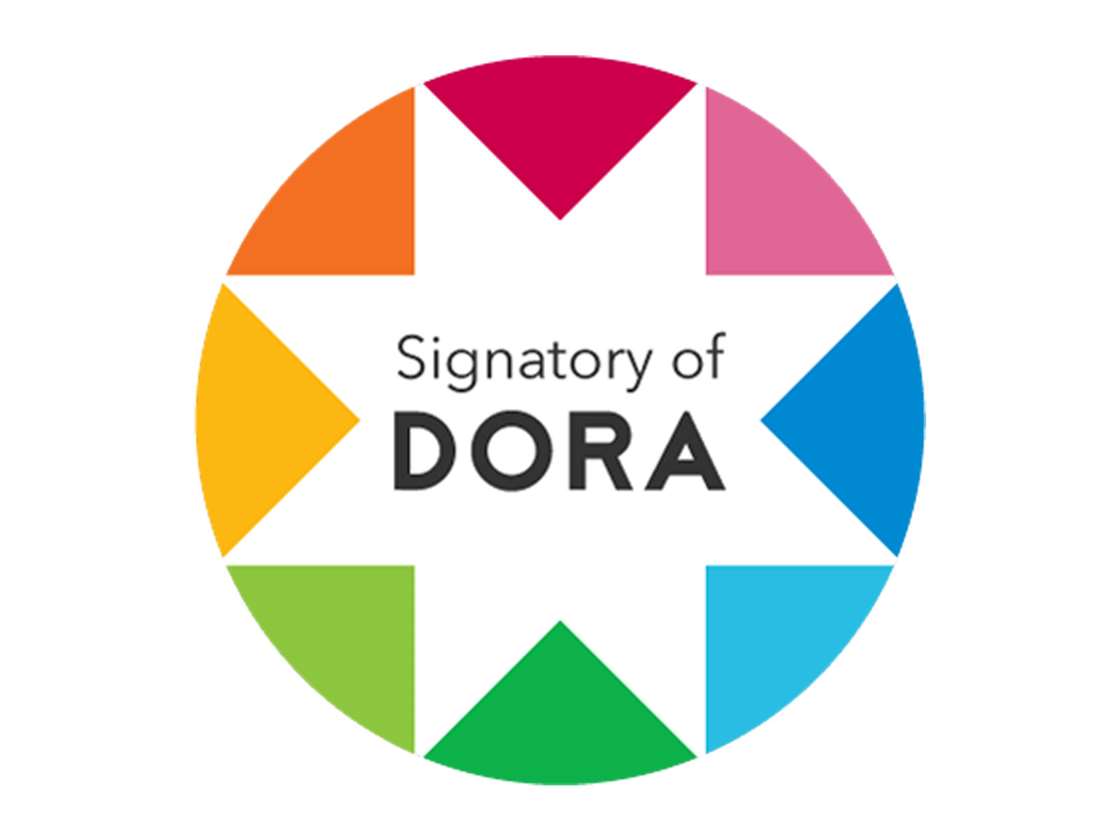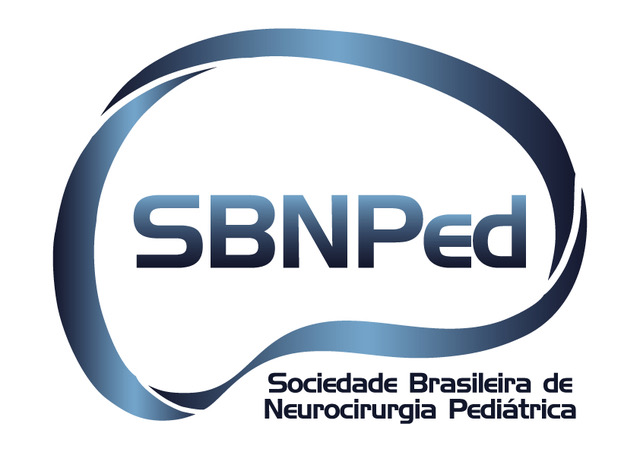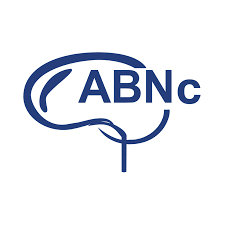Full-Endoscopic Decompression for Congenital Spinal Stenosis Caused by Diastrophic Dysplasia in a 13-year-old Pediatric Patient: A Case Report
DOI:
https://doi.org/10.46900/apn.v7i2.285Keywords:
Endoscopy, Spine, Low back pain, Spinal Stenosis, OsteochondrodysplasiasAbstract
Introduction: Diastrophic dysplasia (DTD) is a rare disorder that affects the development of cartilage and bone. It is an autosomal recessive skeletal dysplasia that results in short stature with limb shortening, contractures of large joints, spinal deformities, cleft palate, clubfoot, cystic swelling of the external ear, and deformities of the hands. The spine frequently develops excessive lumbar lordosis, cervical and thoracolumbar kyphosis, and scoliosis. Spinal stenosis can also be found, but it is less commonly reported.
Case presentation: This study aims to present a case of congenital spinal stenosis caused by DTD causing conus medullaris syndrome in a pediatric patient, which was treated with a full endoscopic bilateral over-the-top interlaminar technique. The patient achieved complete symptomatic recovery without any perioperative complications from the procedure.
Conclusion: This is the first report of a full endoscopic decompression for spinal stenosis caused by DTD in the literature. Also, this is the first report of full endoscopic decompression for congenital spinal stenosis in a pediatric patient. Level of evidence IV; Case Series.
Downloads
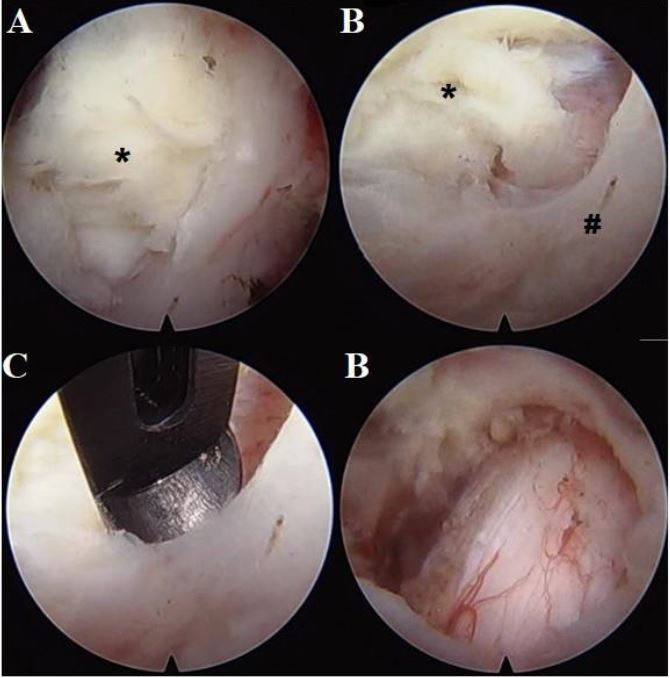
Downloads
Published
How to Cite
Issue
Section
License
Copyright (c) 2025 Emilson Camapum, Benicio Otton de Lima, Flavio Leão Lima, Tiago Medeiros Nobre, Amauri Araújo Godinho Junior, Baldomero Pinto Soares

This work is licensed under a Creative Commons Attribution 4.0 International License.

When publishing in Archives of Pediatric Neurosurgery journal, authors retain the copyright of their article and agree to license their work using a Creative Commons Attribution 4.0 International Public License (CC BY 4.0), thereby accepting the terms and conditions of this license (https://creativecommons.org/licenses/by/4.0/legalcode).
The CC BY 4.0 license terms applies to both readers and the publisher and allows them to: share (copy and redistribute in any medium or format) and adapt (remix, transform, and build upon) the article for any purpose, even commercially, provided that appropriate credit is given to the authors and the journal in which the article was published.
Authors grant Archives of Pediatric Neurosurgery the right to first publish the article and identify itself as the original publisher. Under the terms of the CC BY 4.0 license, authors allow the journal to distribute the article in third party databases, as long as its original authors and citation details are identified.









